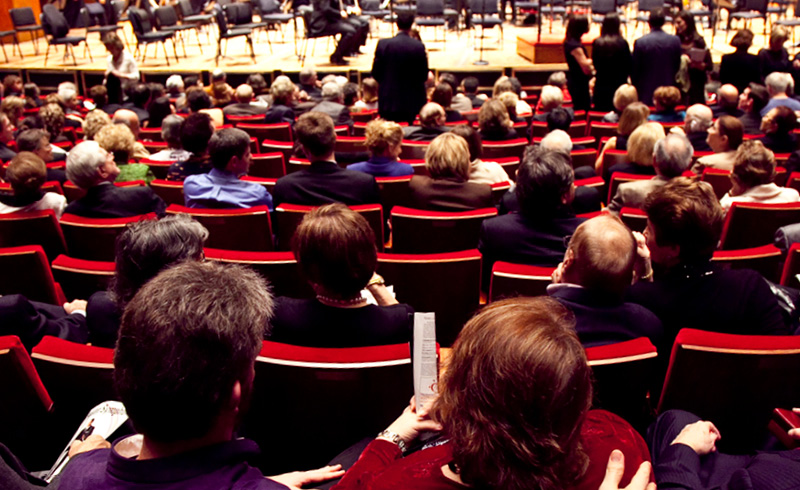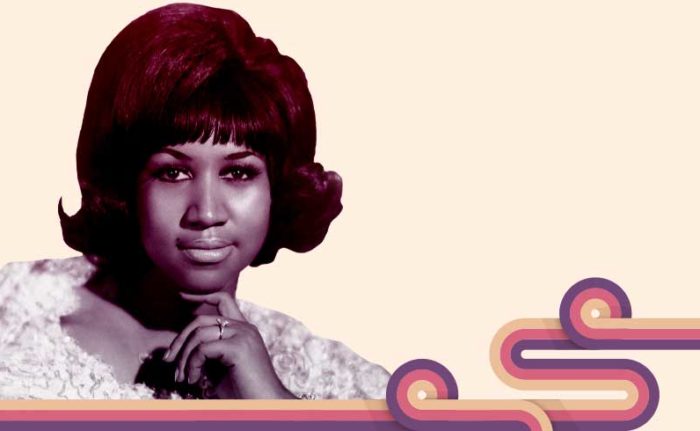Celebrate the 50th anniversary of this iconic film and winner of ten Academy Awards®, including Best Picture. The Houston Symphony plays Leonard Bernstein’s electrifying score and memorable songs with lyrics by Stephen Sondheim live, while the newly re-mastered film is shown in glorious high definition on the big screen with the original vocals and dialog intact. This classic romantic tragedy, directed by Robert Wise and Jerome Robbins and one of the greatest achievements in the history of movie musicals, features Robbins’ breath-taking choreography and a screenplay by Ernest Lehman based on the masterful book by Arthur Laurents.
West Side Story © 1961 Metro-Goldwyn-Mayer Studios Inc. All rights reserved.
© A.M.P.A.S.
The Film Production Backstory:
In 2009, MGM, who currently owns the rights to the United Artists film West Side Story, decided to do a tribute to the history of this groundbreaking cinematic musical, which won 10 Academy Awards including Best Picture, by restoring the film into a new 70mm, 6-Track version, plus releasing a special digitally remastered HD Blu-ray edition in 2011, to commemorate the 50th Anniversary of its premiere, on December 13th, 1961.
In addition, in 2010, the Hollywood Bowl along with the LA Philharmonic and The Bernstein Office, decided to also do a special tribute 50th Anniversary “Re-Premiere” in the summer of 2011, by projecting the HD version of the newly restored 70mm version of the movie which was being readied at the Hollywood Bowl, accompanied by the live orchestra performance of the LA Philharmonic.
Photographed in Super Panavision 70 (with spherical lenses to create a final aspect ratio of 2.20:1 on a 65mm negative), it is such a famous and well respected movie that there were always sufficient visual elements extant to restore a 70mm version, and to master the visual part of the film to HD. With a modern twist. The existing film elements were used to create a new 65mm interpositive, which was then scanned in 4K, and then corrected and restored digitally, then the 70mm 5.1 projection prints were produced in the current digital-to-film laser fashion.
The problem was the soundtrack.
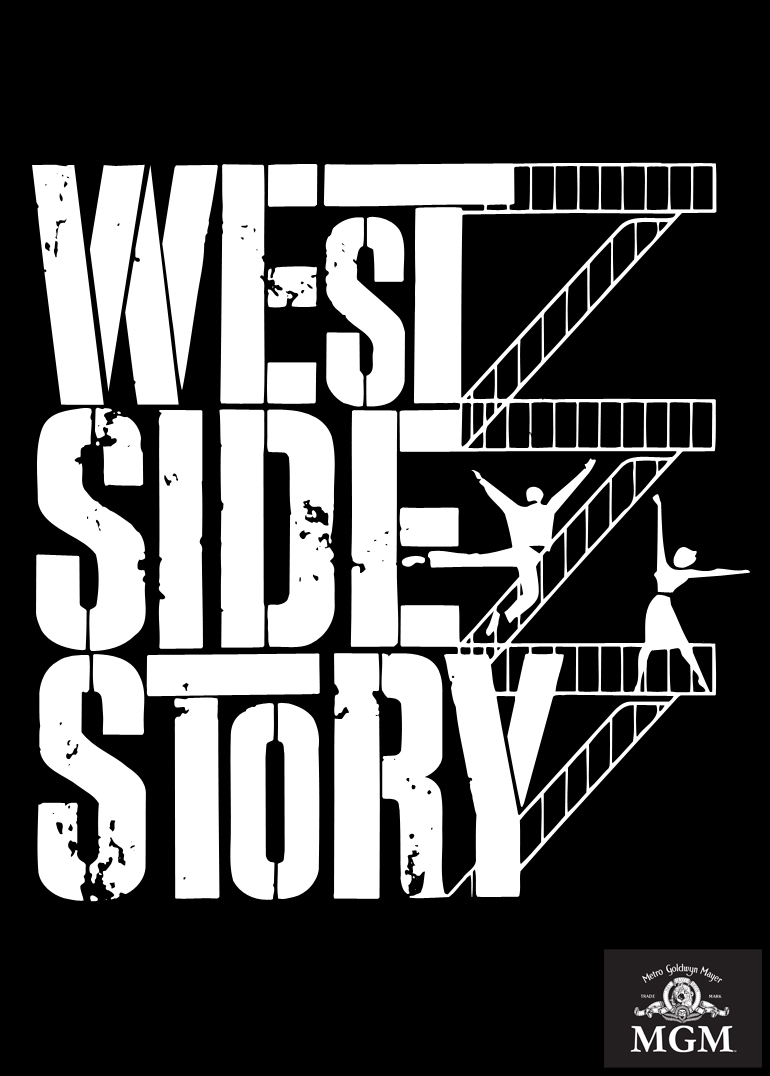
During the original production, even though the first audio elements were being assembled for a 4-Track release, by the end of production in 1961, it was deemed worthy of a 6-Track release, and was premiered in that form, in 70mm 6-Track (magnetic), and won Academy Awards for Best Sound; and Best Music, Scoring of a Musical Picture.
Then it was subsequently released in 35mm 4-Track (magnetic), and then finally in 35mm Mono (optical). Due to historical circumstances, the only complete audio track that existed 50 years later, was Mono.
For the 70mm and HD Blu-ray versions, 70mm & 35mm prints and mag reels were collected from around the world, then digitally cleaned up and combined, to be able to produce the original 6-Track soundtrack, with new 5.1 digital clarity. But for the version to be performed with live orchestra, it was a bit more difficult. Even though MGM had been able to track down enough print elements to be able to digitally restore, and construct a clean 5.1 soundtrack for the 70mm exhibition and Blu-ray releases, there were no original mixing stems where all the elements were still separate. The singing voices, dialogue, music, sound effects and foley had all been mixed already and only existed as a composite soundtrack.
In modern or recent films where all the elements are still available, with discrete tracks and mixing stems, it is very easy to record a separate dialogue track for foreign versions, leaving the music and effects intact, etc. But for West Side Story the desire was to leave the singing, dialogue and effects intact, and instead replace the music with a symphonic score, performed live by an orchestra. But since it was all combined as essentially a Composite Mono Track, something had to be done to separate the music from the dialogue and effects.
So MGM turned to Chace Audio by Deluxe (background article) to employ “source separation technology” by Audionamix of Paris, which utilizes Vocal Isolation, Music Dissociation and Dialogue Isolation, to produce an original dialogue and effects composite with a cappella singing to project during the live performance by the LA Philharmonic.
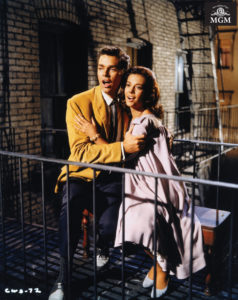
Plus, there was no original written music score for the orchestra to play, so it had to be reconstructed from a search of various archival sources, led by composer and conductor David Newman, an expert in such reconstructions (background article), and son of famous composer, arranger and conductor Alfred Newman, best known for being the 20-year (1940-60) Music Director for 20th Century-Fox Studios.
West Side Story was in fact successfully “Re-Premiered” to great acclaim on July 8 & 9, 2011, at the Hollywood Bowl, accompanied by the LA Philharmonic, followed by another performance on September 7 & 8, 2011, at Avery Fisher Hall at Lincoln Center, again with David Newman, this time conducting the live orchestra to West Side Story with Leonard Bernstein’s home symphony when he wrote the score, the New York Philharmonic. A decidedly symbolic 50th Anniversary homecoming for the great movie that was in fact a symbiotic melding of Hollywood and New York talents, and mystiques.
The 50th Anniversary Blu-ray release has been reviewed very highly, and gratefully accepted by the film-loving public.
The good thing about the Live Orchestra version that was laboriously created by all concerned, is that it is now available as a licensable production (info at IMG Artists) that can be performed by any symphonic organization with the proper resources, facilities, and preparation.
Since its first performances at the Hollywood Bowl, and in New York City, it has been performed in Chicago, the Royal Albert Hall in London, by many other orchestras around the world, and now by the Houston Symphony, on March 22, 23, 24, 2013.

Houston Symphony Press Release:
SYMPHONY BRINGS THE BIG SCREEN TO LIFE IN WEST SIDE STORY CONCERTS
Guest conductor Steven Reineke to conduct live orchestra alongside the film
HOUSTON (March 7, 2013) – On March 22, 23 and 24, the Houston Symphony, under the direction of guest conductor Steven Reineke, will entertain audiences with a live performance of Leonard Bernstein’s electrifying score of West Side Story while the newly re-mastered film is shown in glorious high-definition on the big screen. With the original vocals and dialog intact, the Symphony will bring the film’s beloved music to life by performing live alongside the film. In contrast with pit orchestras heard on Broadway, the Symphony’s performance will feature the full 87-piece orchestra playing the entire musical score of the iconic film, West Side Story, which celebrated its 50th anniversary in 2012. Winner of 10 Academy Awards®, including Best Picture, this classic romantic tragedy is one of the greatest achievements in the history of movie musicals.
Houston Symphony Cynthia Woods Mitchell POPS at Jones Hall Series
Jones Hall
615 Louisiana St.
Houston, TX 77002
Friday, March 22, 2013, 8:00pm
Saturday, March 23, 2013, 8:00pm
Sunday, March 24, 2013, 7:30pm
West Side Story
Steven Reineke, conductor
Tickets from: $25
About Steven Reineke

Steven Reineke’s boundless enthusiasm and exceptional artistry have made him one of the nation’s most sought-after pops conductors, composers and arrangers. Reineke is the newly appointed Principal Pops Conductor of the Toronto Symphony Orchestra, Music Director of The New York Pops at Carnegie Hall and Principal Pops Conductor of the National Symphony Orchestra at the John F. Kennedy Center for the Performing Arts. He previously held posts as Principal Pops Conductor of the Long Beach and Modesto Symphony Orchestras and Associate Conductor of the Cincinnati Pops Orchestra.
Reineke is a frequent guest conductor with The Philadelphia Orchestra. In the past year, he’s been on the podium with the Boston Pops, Chicago Symphony and Cleveland Orchestra. As the creator of more than one hundred orchestral arrangements for the Cincinnati Pops Orchestra, Reineke’s work has been performed worldwide and can be heard on numerous Cincinnati Pops Orchestra recordings on the Telarc label. His symphonic works, Celebration Fanfare, Legend of Sleepy Hollow and Casey at the Bat are performed frequently in North America, including performances by the New York Philharmonic and Los Angeles Philharmonic.
A native of Ohio, Reineke is a graduate of Miami University of Ohio, where he earned two bachelor of music degrees with honors in both trumpet performance and music composition. He currently resides in New York City.
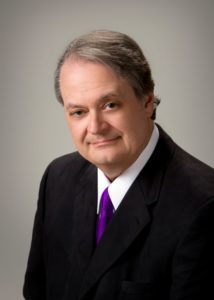
This article was shared courtesy of Gary Lindsay, author. Read the full article and other articles by Gary Lindsay here.
Gary Lindsay is an award-winning Filmmaker, and IT Consultant, who has lived and worked all over the United States. He is proficient in all forms of still, film, video, and digital technology. He is a graduate of the San Francisco State University Film School, with a specialization in Documentary Filmmaking; and the University of Southern California School of Cinematic Arts, with an emphasis on Feature Filmmaking and Film Industry Studio Practices.
Contact Gary Lindsay at: garylindsay.examiner@gmail.com
Facebook: http://www.facebook.com/Examiner.com.GaryLindsay
Twitter: @GaryLindsayExam
YouTube: GaryLindsayExaminer
